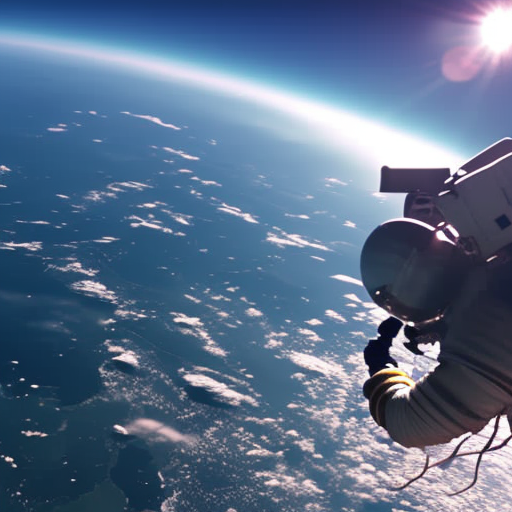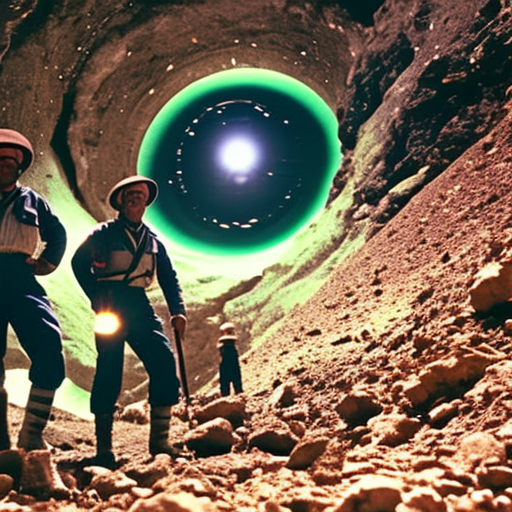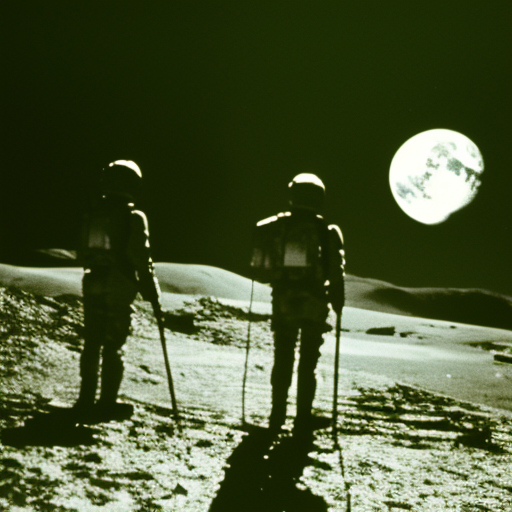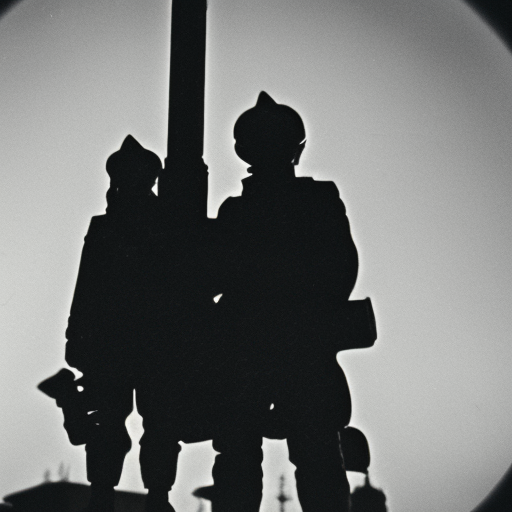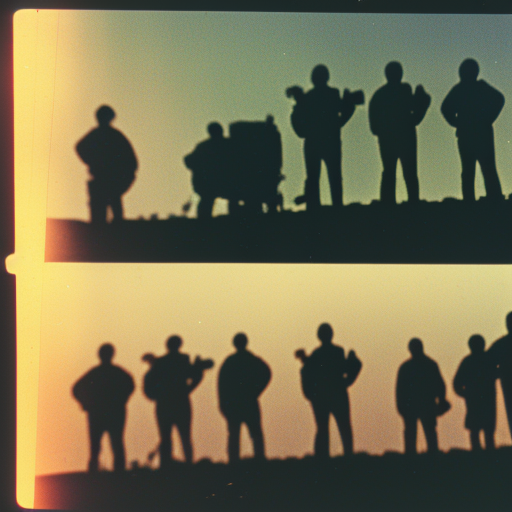Extravehicular activity refers to the scientific and technological practice of humans venturing outside their spacecraft in space.
International Space Station Explained
The International Space Station is a multinational space station that serves as a laboratory for scientific research and international collaboration in space exploration.
Space Telescopes Explained
Space telescopes are advanced astronomical instruments that are launched into space to observe celestial objects and phenomena with greater clarity and precision than ground-based telescopes.
Asteroid Mining Explained
Asteroid mining is the process of extracting valuable resources from asteroids in space.
Apollo 6 Explained
Apollo 6 was an unmanned test flight of the Saturn V rocket, which experienced multiple technical failures but ultimately paved the way for successful manned missions to the moon.
Vostok 3 Explained
Vostok 3 was a Soviet space mission that launched the first woman into space, Valentina Tereshkova, in 1963.
STS-95 Explained
STS-95 was a NASA space shuttle mission that marked the return to space of John Glenn, the first American to orbit the Earth.
STS-121 Explained
STS-121 was a NASA space shuttle mission that aimed to test safety improvements following the Columbia disaster.
Korabl-Sputnik 1 Explained
Korabl-Sputnik 1 was the first spacecraft to carry living organisms, including a dog named Laika, into orbit around Earth.
Astronautics Explained
Astronautics is the branch of science and technology that deals with the study and development of spacecraft and space travel.
STS-41-B Explained
STS-41-B was the tenth Space Shuttle mission and the fourth flight of the Challenger, marking the first untethered spacewalk.
STS-51-L Explained
STS-51-L was the tragic space shuttle mission that ended in the Challenger disaster in 1986.









